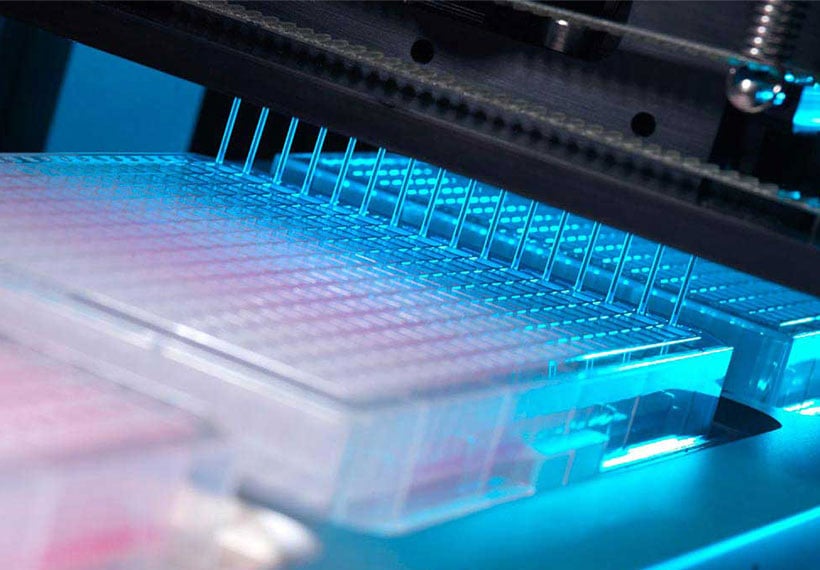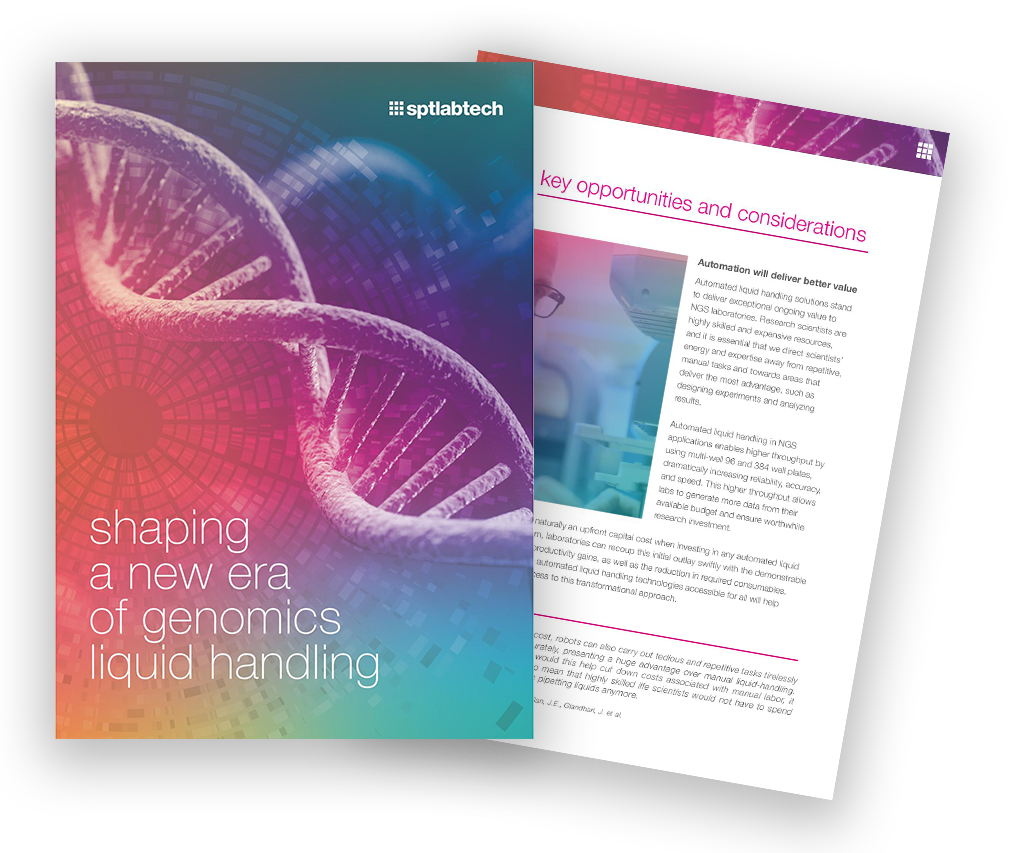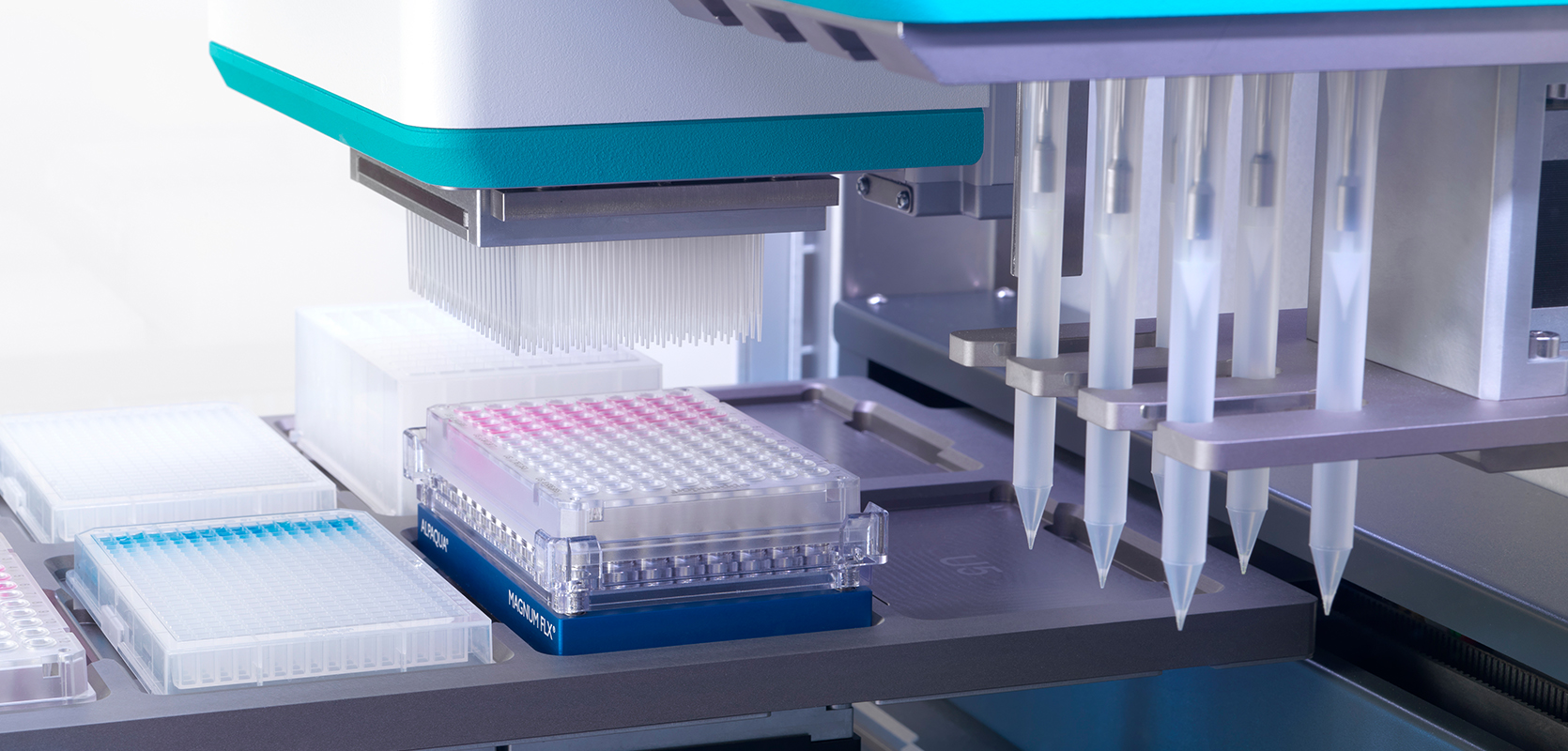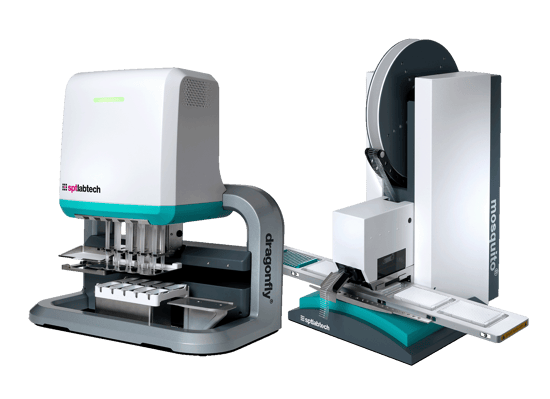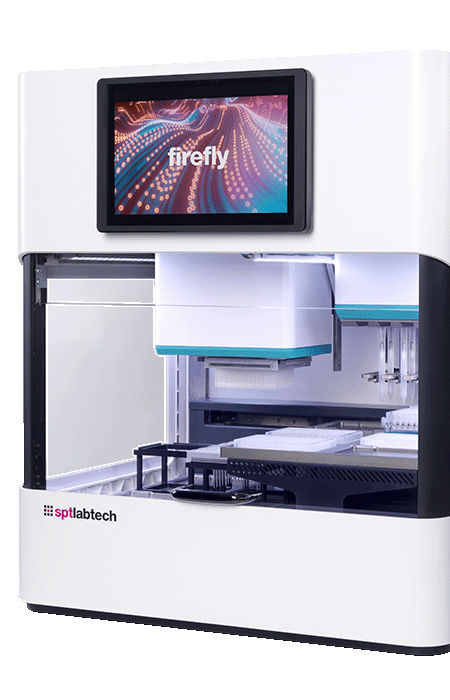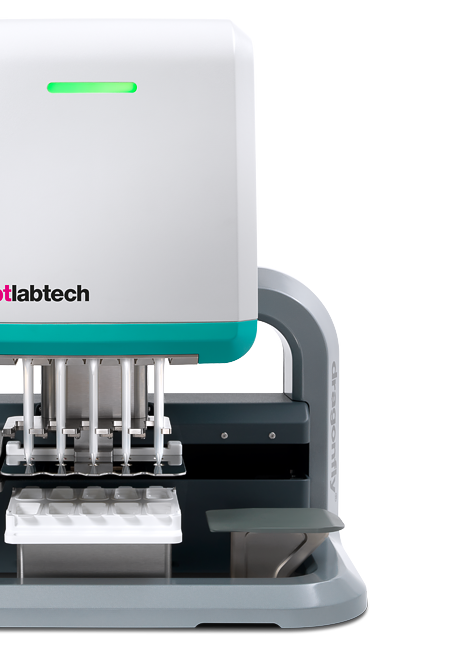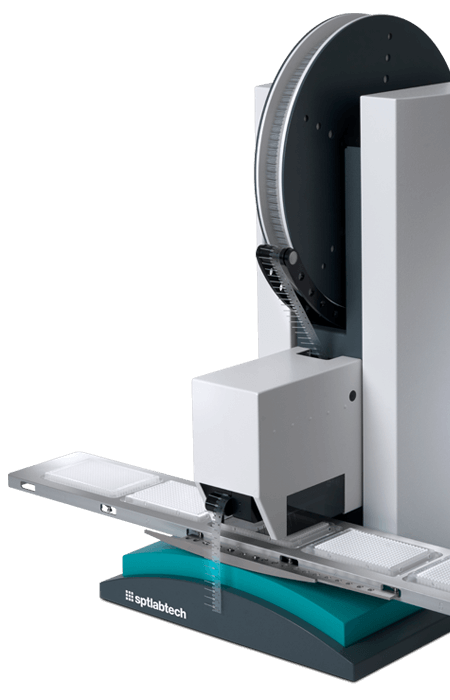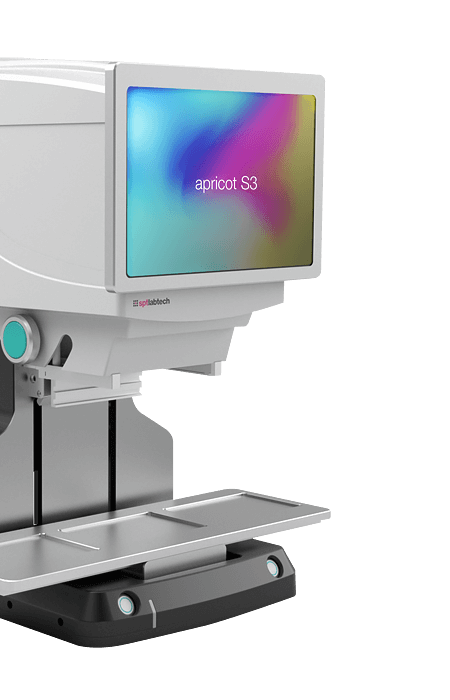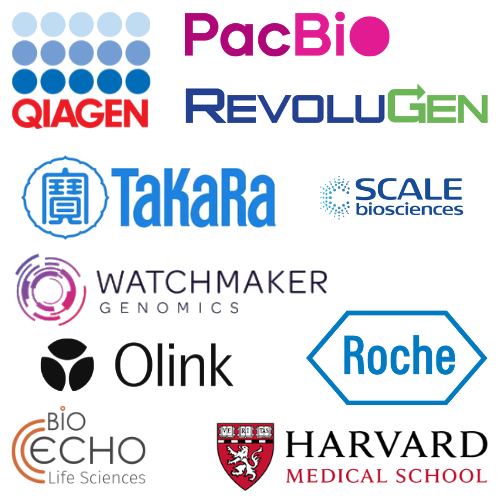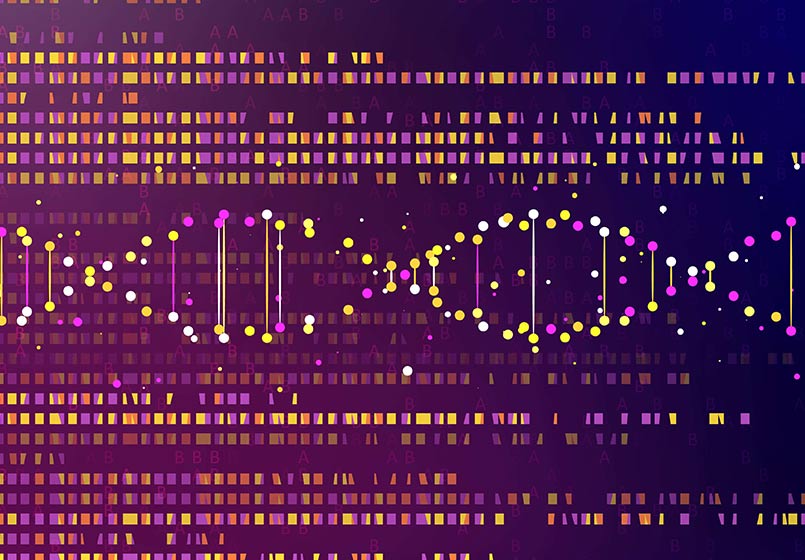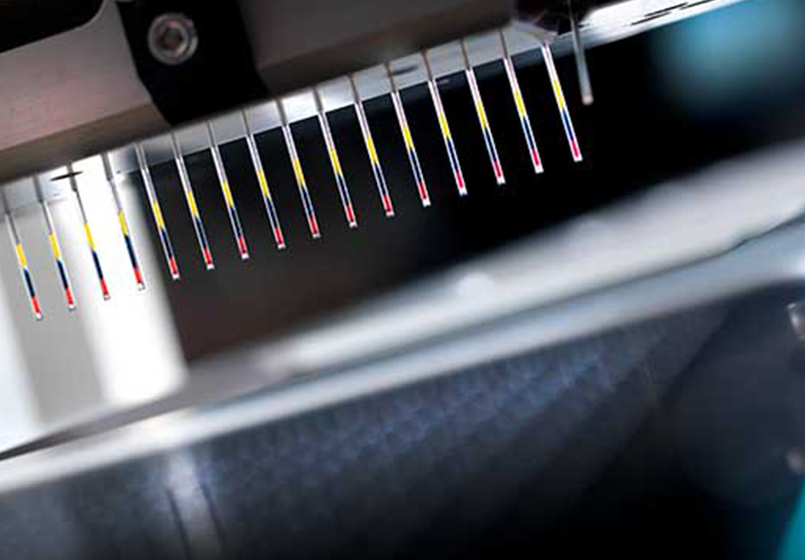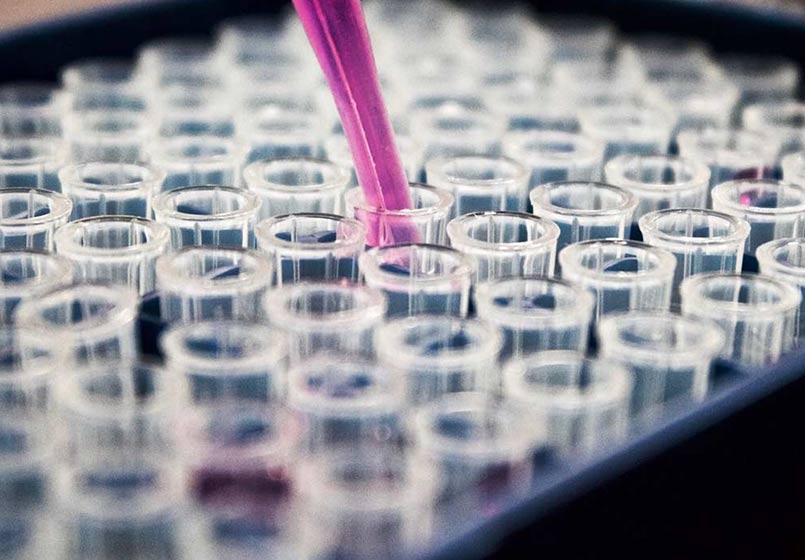Automated platforms stand to deliver exceptional ongoing value to NGS laboratories. Research scientists are highly skilled and expensive resources, and so it's essential that their energy and expertise is directed away from repetitive, manual tasks towards areas that deliver the most value, such as designing experiments and analyzing results.
Automated liquid handling in NGS applications enables higher throughput by using multi-well 96 and 384 well plates, dramatically increasing reliability, accuracy, and speed. This higher throughput allows labs to generate more data from their available budget, ensuring their research investment is worthwhile research.
While there is naturally an upfront capital cost when investing in any automated liquid handling system, laboratories can recoup this initial outlay swiftly thanks to the demonstrable efficiency and productivity gains as well as a reduction in the required consumables.
New, affordable automated liquid handling technologies accessible for all will help democratize access to this transformational approach.






.jpg?length=320&name=SBTi%20Target%20Announcement,%20mktg%20(1200%20x%20800%20px).jpg)


